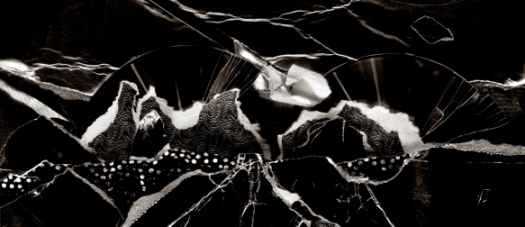I’ve been working through how to give meaningful feedback to other photographers about their work and in the course of that I realize that our reaction to work tells us more about ourselves and less about the photographer. That was certainly the case with my initial intersection with Wynn Bullock. Bullock is generally regarded as one of the most significant photographers of the mid-twentieth century. He was a close friend of West Coast photographers Ansel Adams and Edward Weston and a peer of Minor White, Aaron Siskind and Frederick Sommer. I remember seeing his famous photograph Child in the Forest from the 1955 Family of Man exhibition curated by Edward Steichen and dismissed him as not doing something that I was interested in.
I was recently given a copy of ‘Wynn Bullock: Revelations‘, a comprehensive look at his entire body of work that was produced to support the exhibition now showing at the High Museum of Art in Atlanta, Georgia. Of course there are a good number of nudes included in the book which was where he was as a photographer early in his career but then there are a large number of images such as the one above that reflect his interest in how to represent time in a still image. There are a large number of abstract color images that I also find very interesting.
In listening to the interviews with Bullock below much of what he has to say about his photographic explorations resonated with me. Well worth a look.
This video highlights excerpts from the 1975 film by Thom Tyson, Wynn Bullock: Photographer.









 I’ve been looking at work by Aaron Siskind over the last few weeks and as part of that reading came across
I’ve been looking at work by Aaron Siskind over the last few weeks and as part of that reading came across 

